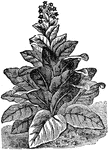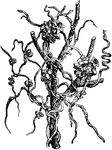
Zircon
"Tetragonal. Crystals usually show a simple combination of prism and pyramid of the first order. The…
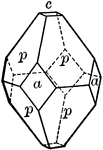
Apophyllite
"Tetragonal. Usually shows a combination of prism of second order, pyramid of first and basal plane."…

Apatite
"Hexagonal; tri-pyramidal. Crystals usually long prismatic in habit; sometimes short prismatic or tabular.…

Apatite
"Hexagonal; tri-pyramidal. Crystals usually long prismatic in habit; sometimes short prismatic or tabular.…
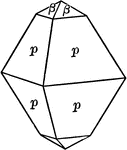
Scheelite
"Tetragonal; tri-pyramidal. Crystals usually simple pyramids of first order. Closely resemble isometric…
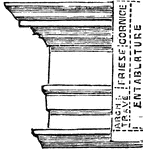
Entablature
"The horizontal portion of an order, including cornice, frieze, and architrave, which is supported by…
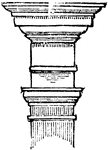
Tuscan order
"Applied to one of the 5 orders of arch, which allows no ornaments or flinting." — Williams, 1889

Siemens' drum winding
"In order to make the winding and connections clear, one coil and the commutator is shown assembled,…

Hydrometer
Nicholson's Hydrometer, consists of a hollow cylinder of metal with conical ends, terminated above by…

Hydrometer
Nicholson's Hydrometer, consists of a hollow cylinder of metal with conical ends, terminated above by…

Lichens
An order of flowerless or cryptogamous plants. All plants are classified as belonging to the flowering…

Lizard
The popular name of an order of reptiles having four well developed limbs, each terminated by five toes…
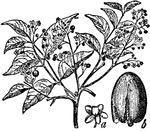
Mahogany
A large tree of the order meliaceae, common to tropical America, and noted for its close-grained and…
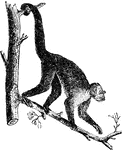
Monkey
A name commonly applied to the whole order of quadrumanous mammals, but the term is limited in its application…
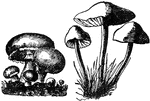
Mushroom
A name commonly applied to numerous rapidly-growing fungi of the higher class, belonging to the natural…

Rooster
The people of Shiraz personify the Devil in a form of a rooster, which they weave in some of their choicest…
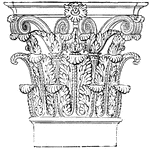
Roman-Corinthian Capital
"The favorite order was the richly-decorated Corinthian, the beauty of which the Romans strove to increase…
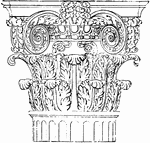
Composite capital
"The Composite or Roman order was the outcome of the attempt to improve the Corinthian, of which it…
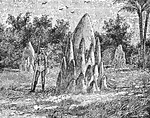
Termites
A class of insects confined chiefly to the tropics. They resemble in their mode of life the true ants,…

Tortoise
A class of reptiles belonging to the same order as the turtles, but differing from them mainly in that…

Whale
The common name of animals belonging to the order cetacea, with which are included the porpoise and…
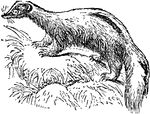
Common Skunk
Medium-sized mammals with black-and-white-fur belonging to the family Mephitidae and the order Carnivora.
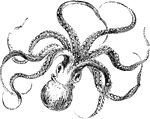
Cuttle-fish
Cuttlefish are animals of the order Sepiida, and are marine cephalopods, small relatives of squid and…

Archaean Time
This is a diagram showing the rocks of the successive periods of time. They are shown in order from…

Nicola Rienzi
A roman patriot; born about 1310. He was of obscure birth; but having received an excellent education,…

Cicada
The popular and generic name of certain insects belonging to the order Hemiptera, suborder Homopotera,…
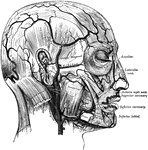
Facial Arteries
The arteries of the face and scalp. The muscle tissue of the lips must be supposed to have been cut…
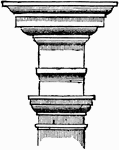
Tuscan Order
A stocky simplified variant of the Doric order that was introducted into the canon of classical architecture…
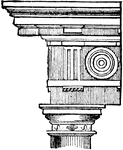
Doric Order
One of the three orders or organizational systems of Ancient Greek or classical architecture.
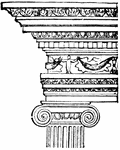
Ionic Order
One of the three orders of classical architecture. It originated in the mid-6th century BC.
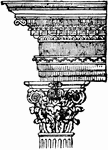
Corinthian Order
One of the three orders of classical architecture. It was said to have been invented by an architect,…
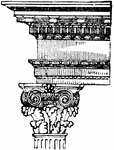
Composite Order
A mised order, combining the volutes of the Ionic order with the leaves of the Corinthian order.

Male Pilgrim
A traveler, specifically one who journeys to some place esteemed sacred, either as a penance or in order…
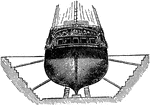
Dry Dock
Dry docks are two kinds, the stationary dock and the floating dock. They are used in order to get at…
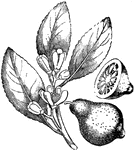
Lemon
The fruit of a small tree belonging to the same natural order as the orange. There are numerous varieties…
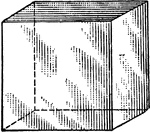
Cube
"Science has succeeded in classifying the thousands of known crystals in six systems, to each of which…
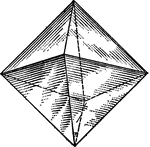
Regular Octahedron
"Science has succeeded in classifying the thousands of known crystals in six systems, to each of which…
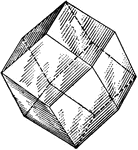
Rhombic Dodecahedron
"Science has succeeded in classifying the thousands of known crystals in six systems, to each of which…
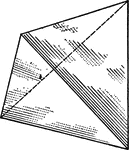
Regular Tetrahedron
"Science has succeeded in classifying the thousands of known crystals in six systems, to each of which…

First Right Square Prism
"Science has succeeded in classifying the thousands of known crystals in six systems, to each of which…

Second Right Square Prism
"Science has succeeded in classifying the thousands of known crystals in six systems, to each of which…

First Right Square Octahedron
"Science has succeeded in classifying the thousands of known crystals in six systems, to each of which…
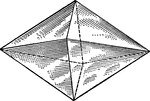
Second Right Square Octahedron
"Science has succeeded in classifying the thousands of known crystals in six systems, to each of which…
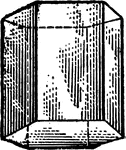
Hexagonal Prism
"Science has succeeded in classifying the thousands of known crystals in six systems, to each of which…

Six-sided Pyramid
"Science has succeeded in classifying the thousands of known crystals in six systems, to each of which…
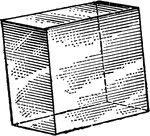
Rhombohedron
"Science has succeeded in classifying the thousands of known crystals in six systems, to each of which…

Magnified Louse
"A genus of insects, the type of a very numerous family, which forms the order Parasita or Auoplura.…
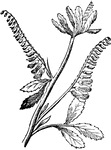
Melilot
"A genus of clover-like plants of the natural order Leguminosae, with ternate leaves, differing from…

Mistletoe
"A genus of small parasitical shrubs of the natural order Loranthaceae. This order is exogenous, and…

Papaw Tree
"A South American tree of the natural order Papayaceae of which order about 30 species are known which…

Passionflower
"A genus of plants almost exclusively native to the warm parts of America, and belonging to the natural…
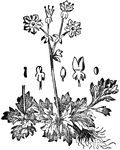
Saxifrage
"A genus of plants of the natural order Saxifrangeae. This order has a calyx, usually of five sepals…
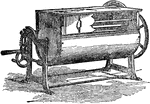
Kneading Machine
"A form of dough-making machine in common use. It consists of a trough or box, the lower portion of…




